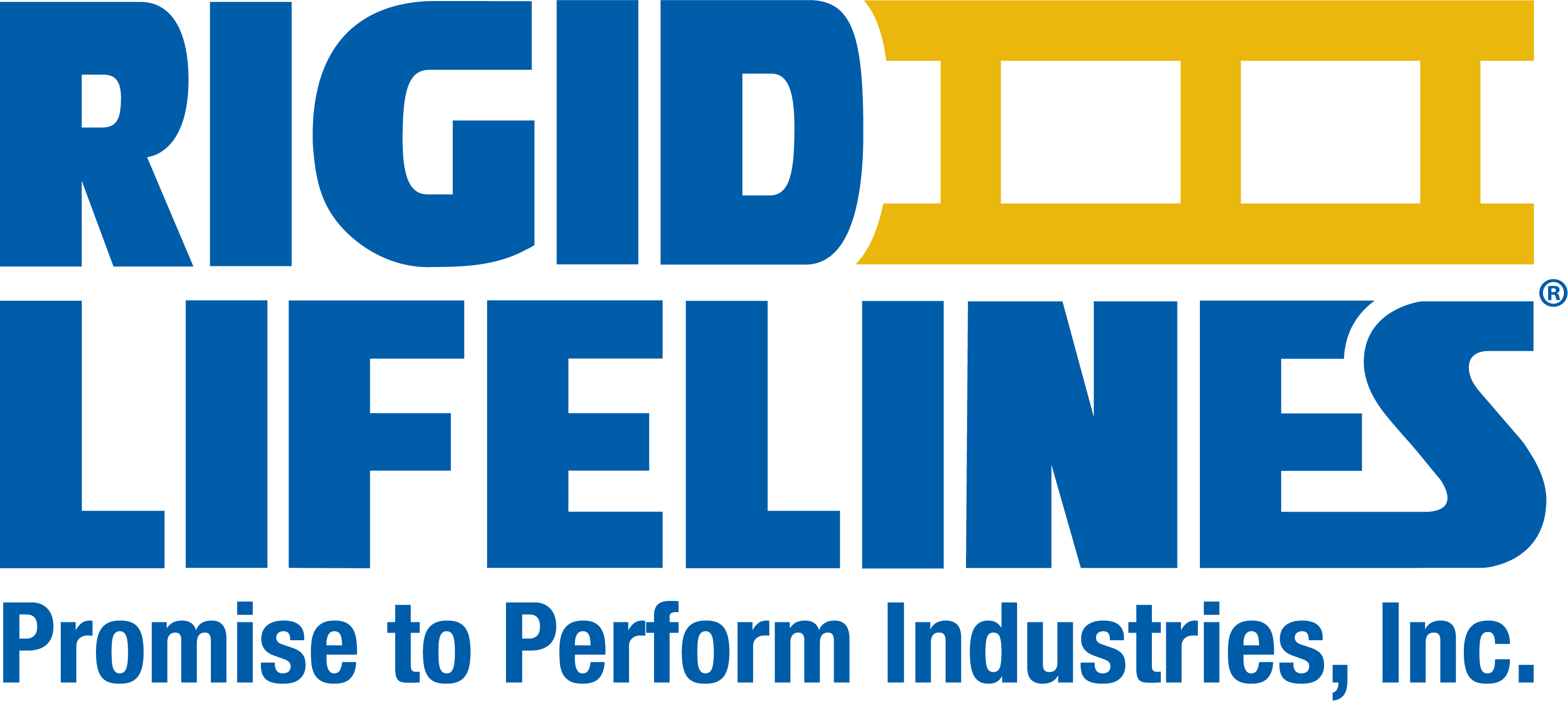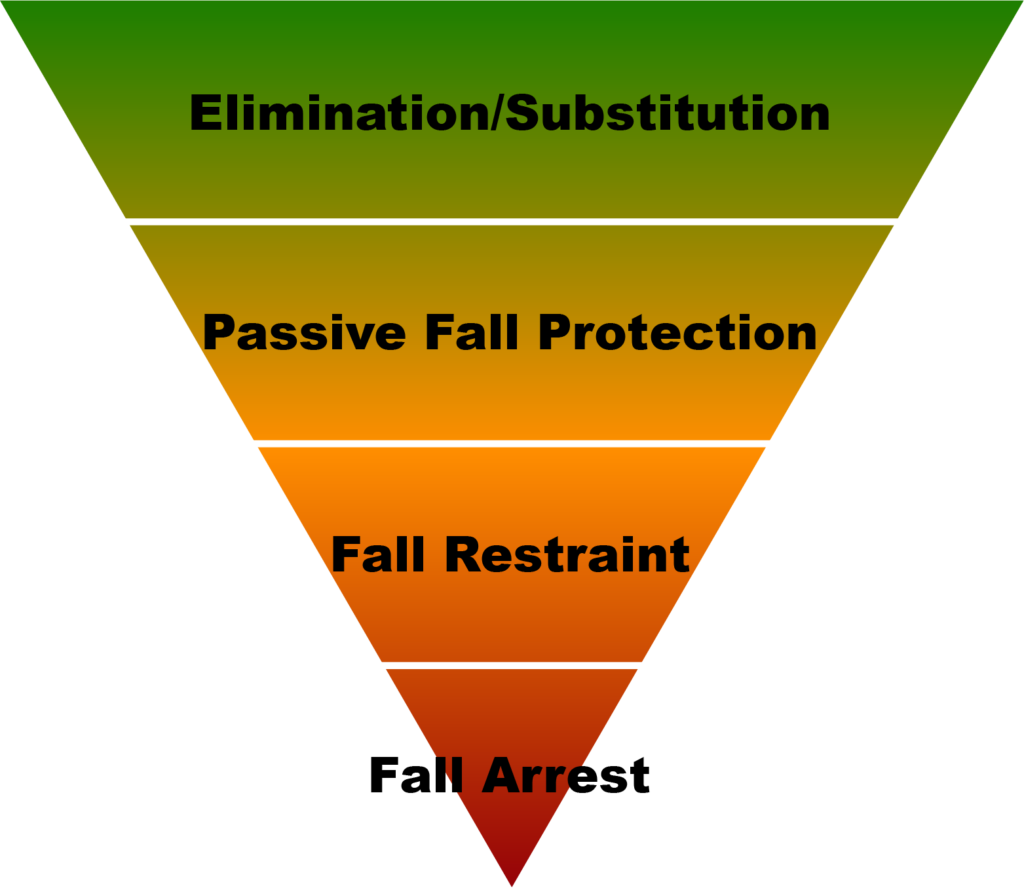Posts by developer
The Importance of Fall Protection
In 2014, fall protection was the most frequently cited OSHA violation. In fact, fall protection has been the most frequently cited OSHA violation since 2011. Falls from height have been a serious issue. For example, falls to lower levels were the second leading cause of all fatal occupational injuries in 2013. Similarly, there were 57,020…
Read MoreUnderstanding the Benefits of ANSI Z359.15
The American National Standards Institute (ANSI) is a non-profit organization that coordinates the development of voluntary U.S. standards for products, services, systems, and staffing/human resources. In fact, ANSI has coordinated the voluntary standardization system for the U.S. private sector for more than 90 years. As an established national standards organization, ANSI is always striving to…
Read MoreRope Access Systems
Hopefully, every safety manager is familiar with OSHA and ANSI requirements and standards for fall restraint and fall arrest systems. Self-retracting lanyards (SRLs), shock absorbing lanyards, and anchorage points are all protective equipment covered in current standards. But, what should you do when the protective equipment specified in current standards does not apply for your…
Read MoreOSHA Versus ANSI
Today, companies normally task a facility or safety manager with keeping workers safe at height. Part of his or her job description is to compile a fall protection plan. Unfortunately, many companies take on this task after an employee is injured or they have been cited for a specific safety violation. It is more than…
Read MoreDifference Between Fall Protection for Recreational and Industrial Use
Today, fall protection encompasses many different applications across various industries. Many people think of industrial applications when they hear the term “fall protection,” but other forms of fall protection exist. There are many recreational activities that require fall protection: rock climbing, high-lining, and even hunting, to name just a few. Although there are clear differences…
Read MoreIs Your Rescue Plan as Good as It Can Be?
Post-fall rescue is an essential part of developing an effective fall protection program. Implementing a thorough fall protection program helps to establish guidelines protecting all employees who are exposed to potential fall hazards. Overall, a fall-protection plan includes several factors, including the installation of appropriate fall protection systems, storage and maintenance of equipment, training, fall…
Read MoreThe Dangers of Fixed Ladders with Cages
This blog was originally posted April 24, 2015. On November 19, 2018, new regulations went into effect regarding fixed ladder cages. Under the new regulations, cages are no longer considered appropriate fall safety equipment. New fixed ladders cannot be installed with cages as a form of fall protection, and cages will be permanently phased out…
Read MoreWhat You Should Know About Leading and Sharp Edges
Leading and sharp edges are a huge threat in the fall protection industry. Not only do leading and sharp edges present unique risks, but they also require special products. Using standard personal fall arrest products can have catastrophic results for employees working on leading and sharp edges. OSHA defines a leading edge as “a walking/working…
Read MoreThe Fall Protection Pyramid: Implementing The Appropriate Form of Protection for Your Operation
Although fall protection, fall restraint, and fall prevention are similar in concept, there’s a distinct difference between the three of them. This post aims to outline their differences and highlight the benefits of each using a systematic pyramid often referred to as the Hierarchy of Fall Protection. ANSI (The American National Standards Institute) and ASSE…
Read MoreThe Dangers of Corrosive Manufacturing Processes for Rooftop Workers
There have been a lot of news stories in New England about people falling through residential and commercial buildings while attempting to clear their roofs of heavy snow. Recently, several men and women have died or suffered serious injuries after climbing to the roof to assess their snow removal needs and prevent the entire roof…
Read MoreThe Influence of Deflection during a Fall
In the fall protection industry, the process of deflection is characterized by any piece of equipment that is displaced or misshapen under the load of arresting a fall or supporting a worker’s bodyweight after a fall has been arrested. Deflection most commonly occurs with a rope or wire cable style lifeline because they are flexible…
Read MoreTop Safety Tips For Working At Height
If you have a project coming up or work in a profession that takes you to great physical heights, for example as a window washer, roofer, or tree care professional, you probably know a lot about how to keep yourself safe so high up. However it is always good to review safety protocols so that…
Read More
